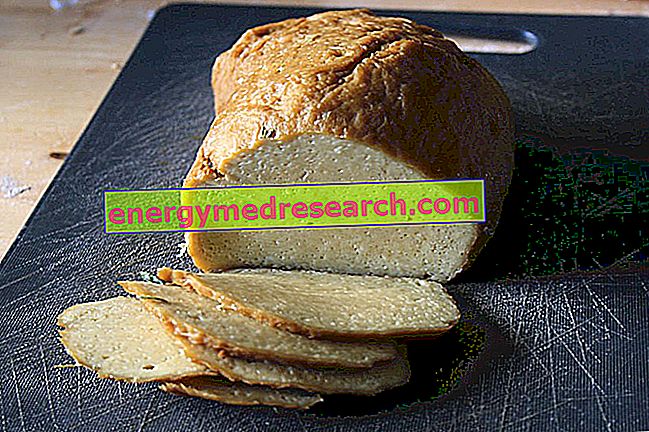Introduction
Curious variant of celery, the so-called celery-rapa is a very special plant, albeit little known. Better known as Verona celery, the celeriac is a typical root vegetable, as such it is cultivated mainly due to its radical structure.
The uninviting aspect of celeriac is certainly not a point in its favor: the root, as we shall see, is globose and lumpy, which makes the vegetable visually unattractive.
Some discredit the celeriac describing it as " even less important than the Jerusalem artichoke" .

Botanical description
In botany, celeriac is Apium graveolens var. rapaceum, and belongs to the Umbelliferae family. It is a plant cultivated in particular in northern Italy, while in the south the celeriac is almost unknown. Celeriac has a particular root that is easily distinguishable from other vegetables: its color is brownish on the outside and white on the inside. Furthermore, the root of celery root has a typically globular and knotty shape, with a diameter of 15-20 centimeters. The surface is wrinkled and rough to the touch, while the leaves are tinged with a dark shade of green, and typically hollow on the inside page.
The plant has a two-year cycle; the harvest, which began towards the end of August, lasts until December or in any case until the first frosts.
It is advisable to buy celeriac when it reaches a weight varying from 600 to 700 grams: this represents the ideal weight, an index of product quality.
Celeriac grows easily in temperate climate zones: not surprisingly, frost can irreversibly damage the plant. However, the temperature should never exceed 30 ° C, in order to avoid hindering the correct vegetative development of the root.
Nutritional value
The diuretic and disinfectant properties attributable to celeriac are not widely exploited by the herbalist shop, probably because they are considered less important than those of other vegetables that have the full potential mentioned above.
Celery root, like celery from the coast, provides a reduced caloric intake (only 23 kcal per 100 grams of product) and consists of a considerable quantity of water (88%), while the remaining 12% is divided between carbohydrates, proteins, fats and fibers (above all). The root also consists of vitamins (particularly antioxidant ones) and mineral salts, such as iron, potassium and manganese.
Property
Even if little used, celeriac has the same properties as common celery: useful against rheumatism, lung diseases, kidney stones, liver failure and in case of demineralization.
Active principles
Celeriac has a rather strong and intense aroma: the aromatic, almost pungent smell is due to the essential oil, characterized mainly by limonene and sedanolide, as well as a series of various monoterpenes. Due to the presence of some proteins (Api g 1, Api g 4, Api g 5), celeriac is one of the potentially allergenic foods: in this regard, the consumption of this root must be avoided by subjects sensitive or predisposed to allergies food.
Food uses
As can be guessed, celeriac is used more in the food sector than in herbal medicine, while still remaining a little-known vegetable even in the kitchen.
Celeriac lends itself to the preparation of salads, therefore it is eaten raw, but it is also a good side dish for cooked dishes: it can be cooked in the oven, in a pan with a little oil, fried in abundant oil, but also breaded or gratinated. Furthermore, celeriac can be a main ingredient in soups and soups.
How to Clean and Cook Turnip Celery
X Problems with video playback? Reload from YouTube Go to Video Page Go to Video Recipes Section Watch the video on youtubeSummary
Celeriac: TO FIX THE CONCEPTS
| Celeriac |
|
| Celeriac: botanical description |
|
| Celeriac: nutritional value |
|
| Celeriac: properties | They are not widely exploited by herbalists → considered less important than other vegetables that can boast the full potential mentioned above. Useful in case of:
|
| Celeriac: chemical characteristics | Essential oil → limonene, sedanolide and numerous monoterpenes Presence of some potentially allergenic proteins → the consumption of celery root must be avoided by sensitive subjects |
| Celeriac: food uses |
|



